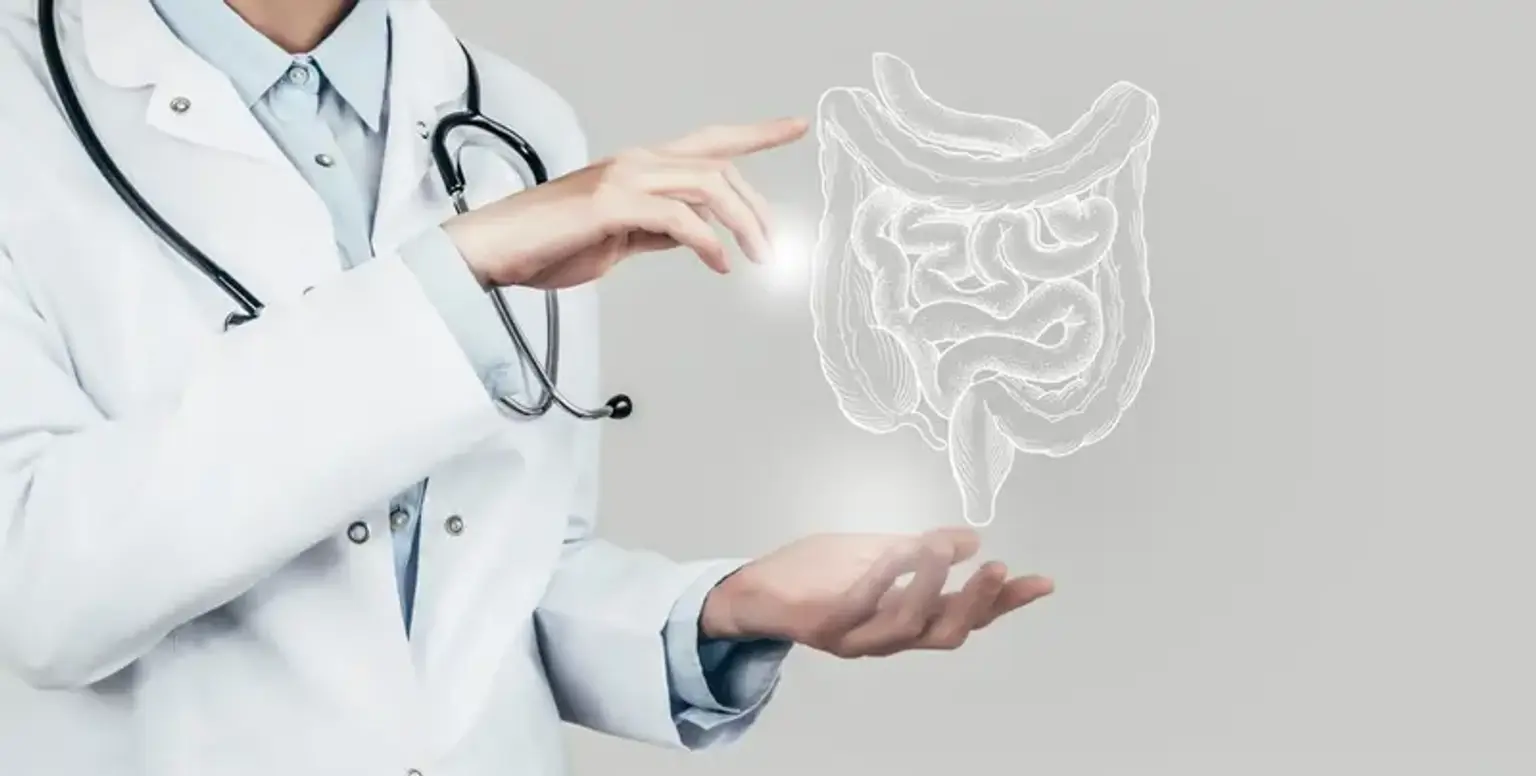Gastrointestinal Motility
Overview
The digestive system is in charge of digesting. Your body begins this sophisticated process the minute you even glance at food. The flow of food from the mouth via the pharynx (throat), esophagus, stomach, small and large intestines, and out of the body is referred to as gastrointestinal motility (GI).
